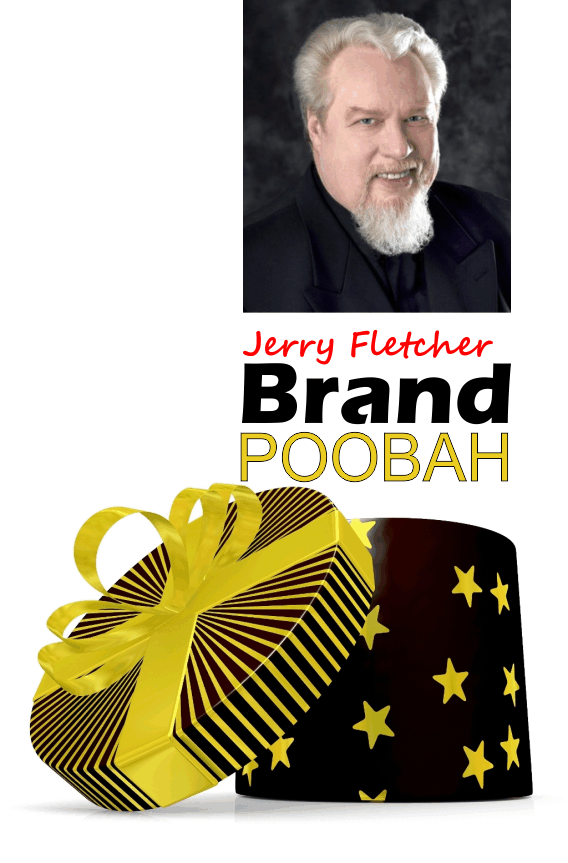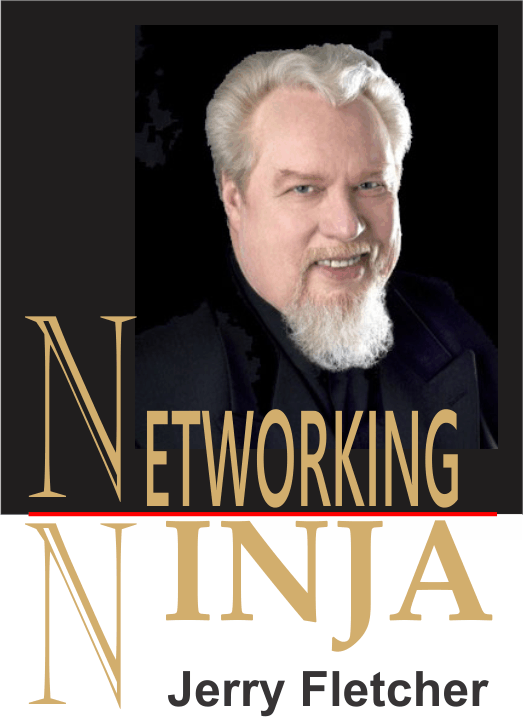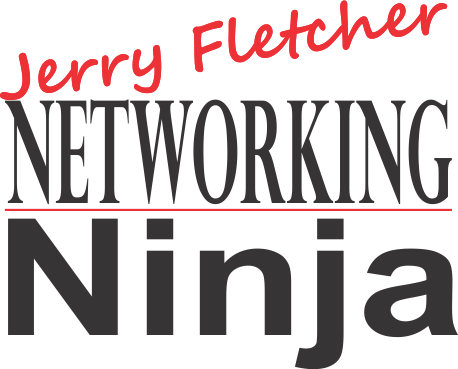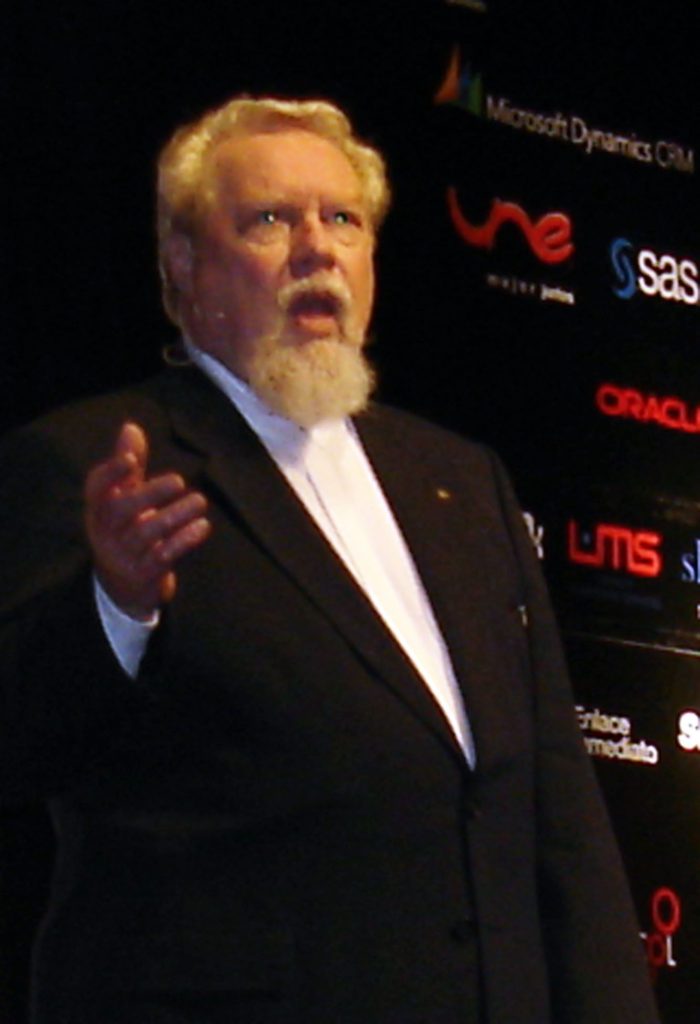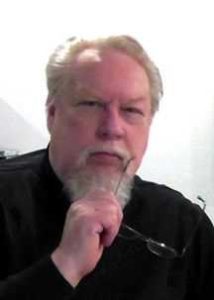
Go ask Alice
The lyrics to “White Rabbit” written by Grace Slick of Jefferson Airplane begin with:
One pill makes you larger
And one pill makes you small
And the ones that mother gives you
Don’t do anything at all…
When it comes to Brand that is correct as far as it goes. Spending to build or maintain a Brand will keep it on track, Cutting marketing to the bone as was done following the merger of Kraft and Heinz reduced the size of the company as well as the shares of all their Brands.
Owners and managers were counting on the placebo effect, that power of the human mind to experience what we expect. Those marketers expected their customers to continue to believe in and buy the brands even if the brands did not reach out to them.
Turns out the customers are on to that trick.
- You can’t build or maintain share by cost-cutting.
- You can’t keep customers if you don’t listen to them
- You can’t convert prospects by solving old problems
And if you go chasing rabbits
And you know you’re going to fall
Tell ’em a hookah smoking caterpillar
Has given you the call
To succeed in building or maintaining a Brand you can’t count on where and what you’ve been. The audience is changing. The customer’s methods of evaluating your product or service are changing. The media that reaches them is changing.
Your Brand is the sum total of perceptions held by contacts, prospects and customers.
- If you don’t keep up the conversation your Brand will weaken
- If you don’t use social media to get close your Brand will stagnate
- If you don’t publicize how you are disrupting the category your Brand will lose share.
Small businesses have the advantage here. You can build a stronger relationship with contacts, prospects and customers. You can personalize your communications meaningfully by going beyond using their name and knowing what it is that caused them to build a relationship with your Brand. Once that bond is reached the placebo effect will work for you. They will defer purchase of a competitive product until your similar product is available. They will become your best salesmen.
When the men on the chessboard get up
And tell you where to go
And you’ve just had some kind of mushroom
And your mind is moving slow
As soon as you begin to have some success you will be accosted by marketing experts who will want to sell you their advice. Stick with the personal touch. It is the shortcut to Brand. Stick with what has been working.
Yes, you’re busy. Yes, you’re getting more business than ever before. Yes, what they say sounds good.
Take your time. Don’t make any long-term commitments. Test their advice. It is your Brand, after all.
When logic and proportion have fallen sloppy dead
And the white knight is talking backwards
And the red queen’s off with her head
Remember what the dormouse said
Feed your head, feed your head
The demographics of your market are changing. The psychographics of your market are changing. Find out how. Find out by getting as up close and personal as you can. Listen. Really listen to what is going on with your contacts, prospects and customers. Let them help you innovate and stimulate how you can disrupt the arena your product or service is in.
Your Brand is a living breathing entity. Remember you can influence it but you can’t control it. Complete control rests with those that think, feel and believe what is said about it. But if you don’t support it with ongoing marketing it will fade. You need to feed the way you want it perceived or it will lose its luster for fans.
The placebo effect can add to your Brand.
- The visual appeal of your product or service can make it more desirable
- A referral from a trusted friend or advisor creates positive expectations
- Great reviews or testimonials build Brand prior to use by new customers
Here are all the lyrics:
White Rabbit
One pill makes you larger
And one pill makes you small
And the ones that mother gives you
Don’t do anything at all
Go ask Alice, when she’s ten feet tall
And if you go chasing rabbits
And you know you’re going to fall
Tell ’em a hookah smoking caterpillar
Has given you the call
To call Alice, when she was just small
When the men on the chessboard get up
And tell you where to go
And you’ve just had some kind of mushroom
And your mind is moving slow
Go ask Alice, I think she will know
When logic and proportion have fallen sloppy dead
And the white knight is talking backwards
And the red queen’s off with her head
Remember what the dormouse said
Feed your head, feed your head
Songwriters: GRACE WING SLICK
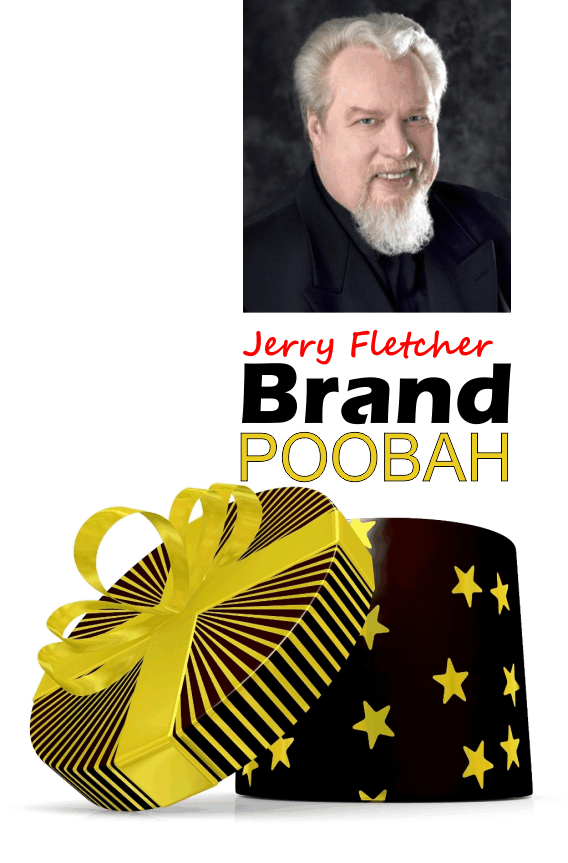
Jerry Fletcher is a sought-after International Speaker, a beBee ambassador, founder and Grand Poobah of www.BrandBrainTrust.com
His consulting practice, founded in 1990, is known for Trust-based Brand development, Positioning and business development for independent professionals on and off-line.
Consulting: www.JerryFletcher.com
Speaking: www.NetworkingNinja.com
DIY
Training: www.ingomu.com







